Parvati’s transformation into Gauri begins when the demons Shumbha and Nishumba terrorize the worlds, protected by a boon that only a female could defeat them. Brahma reveals to Shiva that Parvati holds this power. Called Kali for her dark complexion, Parvati undertakes intense penance to become fair. Pleased, Brahma grants her wish, and Parvati sheds her darkness, emerging as the radiant Gauri. Her cast-off darkness becomes the fierce goddess Koushiki, who defeats the demons and restores cosmic balance. Parvati returns to Shiva transformed, her journey symbolizing divine purpose and inner strength.
Who is Goddess Parvati Devi?
Goddess Parvati is a principal deity in Hinduism, known as the embodiment of power, energy, nourishment, harmony, love, beauty, devotion, and motherhood. She is the daughter of Himavan, king of the Himalayas, and Mena, and her name signifies her connection to the mountains. Parvati is the consort of Shiva, one of the supreme gods, and together they represent the balance between asceticism and domestic life. She is the mother of Ganesha and Kartikeya, and her sister is the river goddess Ganga. Parvati is the divine force that energizes Shiva, making her the source of the creative and sustaining energy in the universe. She is revered as a compassionate mother, a devoted wife, and a powerful manifestation of Shakti, the divine feminine energy. Her mythology highlights her roles as nurturer, protector, and the cosmic force that activates and sustains life.
Parvati’s associated elements include her vehicle, the lion, symbolizing courage and mastery over power. Her weapons, often depicted in her hands or in her fierce forms like Durga and Kali, include the trident, sword, thunderdisc, bow, arrow, javelin, club, noose, goad, shield, and axe. Each weapon represents aspects of divine power, such as the destruction of evil, strength, wisdom, control over energy, and protection. Her symbols also include the lotus and conch, signifying spiritual evolution and the primordial sound Om. These elements represent her all-pervasive power, protection from evil, and her role as the universal mother.
Significance of Goddess Parvati
Goddess Parvati stands as the embodiment of divine feminine energy, compassion, and nurturing in Hindu philosophy. She represents the creative force that sustains the cosmos and is the source of power that energizes Shiva, making him complete. Parvati is the personification of Shakti, the primordial energy that underlies all creation, preservation, and destruction. Her presence symbolizes the essential unity and balance of masculine and feminine principles, as seen in the concept of Ardhanarishvara, where Shiva and Parvati merge into one form. Spiritually, Parvati guides devotees toward self-realization, inner strength, and spiritual liberation. She is revered as the ideal of devotion, perseverance, and unconditional love, inspiring individuals to balance strength with compassion and to pursue spiritual growth with determination.
Parvati holds immense importance across various regions and sects. In Shaivism, she is the supreme goddess and the recreative energy of Shiva. In Shaktism, she is venerated as Mahadevi, the ultimate source of all creation and power, worshipped in her many forms such as Durga and Kali. Parvati is also central to the Tridevi, alongside Lakshmi and Saraswati, representing the nurturing aspect of the divine feminine. Her worship is especially prominent in Maharashtra and Karnataka during the Gauri Festival, in Rajasthan as Gangaur, and in Nepal and northern India during Teej. Each region celebrates her unique attributes, from fertility and harvest to marital devotion and protection.
Several major festivals are dedicated to Parvati, reflecting her multifaceted significance. Teej, celebrated primarily by women in northern and western India and Nepal, honors Parvati’s reunion with Shiva and celebrates marital bliss and devotion. Gowri Habba in Maharashtra and Karnataka venerates her as the goddess of harvest and protector of women.
Gangaur in Rajasthan is a prominent festival celebrating her union with Shiva and is marked by vibrant processions and rituals. Navaratri, observed across India, especially in Gujarat and eastern states, honors Parvati in her various forms over nine nights, symbolizing the victory of good over evil. Other festivals include Kethara Gauri Vritham in southern India, Thiruvathira in Kerala and Tamil Nadu, and Maha Shivaratri, where her presence is essential in the worship of Shiva. These festivals not only highlight her spiritual importance but also reinforce her role as a symbol of strength, devotion, and divine grace in Hindu culture.
Origin of Goddess Parvati Devi
Goddess Parvati’s origin is rooted in the cosmic cycles of death and rebirth. She is regarded as the reincarnation of Sati, Shiva’s first wife, who self-immolated after her father Daksha insulted Shiva. Sati’s sacrifice led Shiva to withdraw from worldly life. To restore cosmic balance and fulfill the divine plan, Sati was reborn as Parvati, the daughter of Himavat, king of the mountains, and queen Mena. Her birth was a significant cosmic event, intended to draw Shiva out of ascetic isolation and unite with him once again. Parvati’s determination to marry Shiva led her to perform intense penance and austerities, ultimately winning Shiva’s acceptance and resulting in their union, which is celebrated as a pivotal moment in Hindu mythology.
Parvati’s avatar stories are deeply connected to major Hindu scriptures. The Shiva Purana and Devi Bhagavata Purana detail her birth as the daughter of Himavat and Mena, emphasizing her divine mission and her identity as an incarnation of Adi Parashakti, the supreme feminine energy. The Mahabharata and Ramayana reference her as Uma, Ambika, and Haimavati, highlighting her role as the nurturing and powerful consort of Shiva. Parvati’s union with Shiva was essential for the birth of Kartikeya, the warrior god destined to defeat the demon Tarakasura, fulfilling a cosmic prophecy.
Her stories also include manifestations such as Durga and Annapurna, each representing different aspects of the divine feminine. Parvati’s mythology underscores her significance as the force that reactivates Shiva’s role in the world and as the embodiment of Shakti, the energy that sustains creation.
The Motivation for Transformation: From Kali to Gauri
Parvati’s transformation into Gauri is a significant episode in Hindu folklore, representing both spiritual evolution and the triumph of devotion. After Shiva referred to her as Kali, meaning dark-skinned, Parvati was determined to change her appearance. She retreated to a forest and performed austere penance, seeking Brahma’s blessing for a fair complexion. Her unwavering focus and spiritual discipline impressed Brahma, who granted her wish. Parvati then shed her dark skin, which manifested as the fierce goddess Koushiki. With her complexion now radiant and golden, Parvati became known as Gauri, symbolizing purity and auspiciousness.
The emergence of Koushiki from Parvati’s discarded skin is central to the narrative. Koushiki, imbued with divine power, played a critical role in the defeat of the demons Shumbha and Nishumbha, who could only be vanquished by a form of the goddess not born from a woman. This episode underlines the goddess’s ability to manifest multiple forms to restore cosmic order.
Parvati’s transformation into Gauri is celebrated in rituals and festivals that honor her as the embodiment of beauty, virtue, and spiritual strength. The story also highlights the importance of self-transformation through devotion and penance, reinforcing Parvati’s status as a model of perseverance and divine grace.
Spiritual and Cultural Significance of Gauri Devi
Gauri, a radiant form of Parvati, embodies the essence of divine feminine energy, purity, and auspiciousness. Spiritually, she represents the ideal of marital devotion, fertility, compassion, and the nurturing force that sustains creation. Gauri’s presence signifies inner and outer beauty, grace, and the transformative power of devotion and discipline. She is revered for bestowing prosperity, harmony, and spiritual growth, guiding devotees toward contentment, resilience, and the removal of obstacles in life. Her iconography, often depicted with a fair complexion and holding a lotus, symbolizes purity, spiritual awakening, and the blossoming of the soul.
Culturally, Gauri holds a central place in rituals and festivals across India. In Maharashtra, Gauri Pujan is celebrated with elaborate rituals that strengthen family bonds and honor the nurturing role of women. The Gangaur festival in Rajasthan is dedicated to Gauri, where both married and unmarried women pray for marital happiness, fidelity, and a prosperous harvest. These celebrations feature traditional songs, processions, and artistic expressions that reinforce community ties and cultural heritage. Gauri is also worshipped during Ganesh Chaturthi in various regions, where her blessings are sought for wealth and well-being. Through these traditions, Gauri remains a symbol of feminine strength, renewal, and the enduring values of love, harmony, and spiritual fulfillment.
Gauri Pujan
Festivals like Gauri Pujan reinforce Gauri’s cultural significance by placing women and family at the heart of celebration. The festival, especially prominent in Maharashtra, honors Gauri as a symbol of purity, marital harmony, prosperity, and feminine strength. Rituals begin with welcoming Gauri’s idol into the home, decorating altars with flowers and traditional items, and performing prayers that invoke her blessings for happiness and well-being. The celebration is deeply communal, bringing together families and neighbors to share meals, play traditional games, and participate in group prayers and songs.
Gauri Pujan also highlights the goddess’s symbolic return to her parental home, mirroring the social tradition of married women visiting their own families. This aspect strengthens familial bonds and provides women with a special space for joy, camaraderie, and cultural expression. Married women pray for the longevity and happiness of their husbands, while unmarried women seek blessings for an ideal partner, reflecting the festival’s role in supporting family values and relationships.
Through these customs, Gauri Pujan preserves regional traditions, encourages intergenerational participation, and celebrates the nurturing power of women. The festival’s rituals, stories, and communal gatherings keep cultural heritage alive, making Gauri an enduring symbol of unity, prosperity, and the vital role of women in society.
Gauri Pujan Procedure at Home: Step-by-Step
Preparation
- Clean the house and select a quiet, auspicious place for the puja
- Decorate the area with flowers and rangoli
Setup
- Place the idol or picture of Goddess Gauri (and Bhagwan Shiva if desired) on a pedestal or altar
- Arrange all puja items: flowers, fruits, coconut, sweets, rice, incense, lamp, new clothes or ornaments
Personal Preparation
- Bathe and wear clean or traditional clothes
- Observe a fast if following the custom
Invocation
- Light the lamp and incense
- Invite Goddess Gauri to bless the household by chanting her mantras
- Abhishek (Bathing the Idol)
- Bathe the idol or picture with water and Panchamrit (mixture of milk, curd, honey, ghee, and sugar)
Alankara (Decoration)
Dress the idol in new clothes or adorn with ornaments and flowers
Offerings
Offer rice, fruits, coconut, sweets, and other traditional items to the goddess
Aarti and Prayers
- Perform aarti with a lit lamp
- Sing devotional songs or recite Gauri mantras
- Prasad Distribution
- Distribute the offered sweets and fruits as prasad to family and guests
Conclusion
- Share stories or discuss the significance of Goddess Gauri
- Seek her blessings for prosperity, harmony, and well-being
Mantra Dedicated to Gauri Devi
Om Gauri Shankaraya Namo Namah
Meaning:
Salutations to Gauri and Shankar, the divine couple.
Benefits:
Chanting this mantra strengthens love and harmony in relationships, enhances understanding between partners, and attracts abundance and well-being. It aids in healing and spiritual progress.
Benefits of Worshipping Gauri Devi
Worshipping Gauri Devi brings profound spiritual, emotional, and material benefits. She is revered as the embodiment of purity, strength, and auspiciousness, and her blessings are sought for marital harmony, prosperity, and protection. Through her worship, devotees experience a deep connection to the divine feminine energy, which inspires resilience, devotion, and inner peace. Gauri Devi’s presence in the home fosters joy, contentment, and unity within families. Her rituals empower women, strengthen relationships, and remove obstacles to happiness and success. The worship of Gauri Devi also cultivates spiritual growth, guiding devotees toward self-realization and emotional stability. Her compassionate energy shields against negativity and brings clarity, confidence, and fulfillment in both personal and professional life.
Most Important Benefits:
- Strengthens marital harmony and family bonds
- Brings prosperity, abundance, and success
- Inspires inner strength, courage, and resilience
- Protects from negative influences and removes obstacles
- Promotes spiritual growth, peace, and emotional stability
Rudra Centre’s Gauri Devi Products & Puja Services
A sacred bead representing Goddess Parvati and Bhagwan Ganesha, ideal for strengthening the bond between mother and child, promoting fertility, positivity, and removing obstacles in life.
A rare and powerful bead featuring two naturally conjoined rudrakshas symbolizing the divine union of Shiva and Parvati. It enhances harmony in relationships, brings peace and unity in family, and supports spiritual growth and emotional balance.
Maa Parvati Idols in Gemstones
These Parvati idols are beautifully crafted to embody the grace, compassion, and divine energy of Goddess Parvati. Ideal for home altars, meditation spaces, and puja rituals, each idol serves as a powerful symbol of nurturing strength, marital harmony, and spiritual upliftment. Placing a Parvati idol invites blessings of prosperity, peace, and protection, making it a meaningful addition to any sacred or living space.
A comprehensive puja service dedicated to Goddess Gauri, performed for marital harmony, overcoming delays in marriage, and blessings of material abundance, health, and longevity. Conducted as per Vedic rituals, especially effective during Shravan Maas and Navratri.
Gauri’s Enduring Power: Radiance of the Divine Feminine
Parvati in her luminous Gauri form stand as timeless symbol of strength, grace, and spiritual transformation. Parvati embodies the nurturing force that sustains creation, the unwavering devotion that inspires perseverance, and the cosmic energy that unites the divine masculine and feminine. As Gauri, she radiates purity, auspiciousness, and the transformative power of self-discipline and faith. Her stories, rituals, and festivals continue to shape cultural identity, reinforce family bonds, and guide countless devotees toward inner harmony and fulfillment. Through every prayer and celebration, Gauri Devi remain the eternal source of resilience, unity, and spiritual awakening in Hindu tradition.

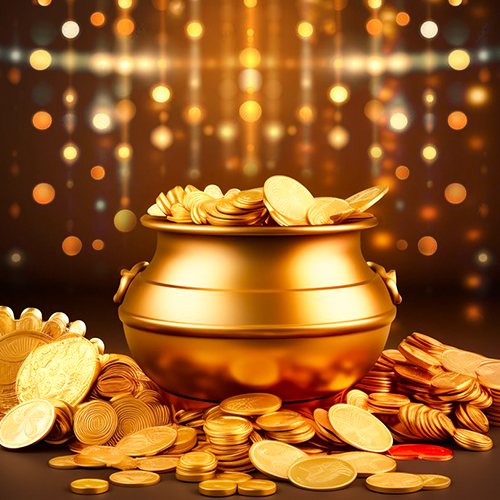
-in-Astrology.jpg)
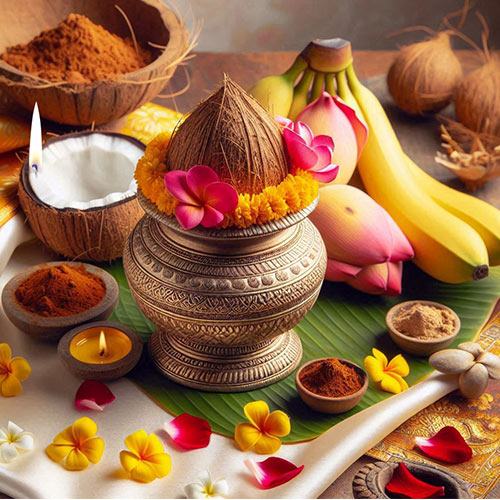

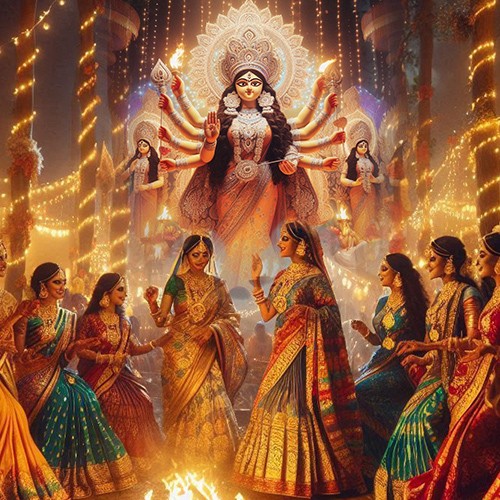
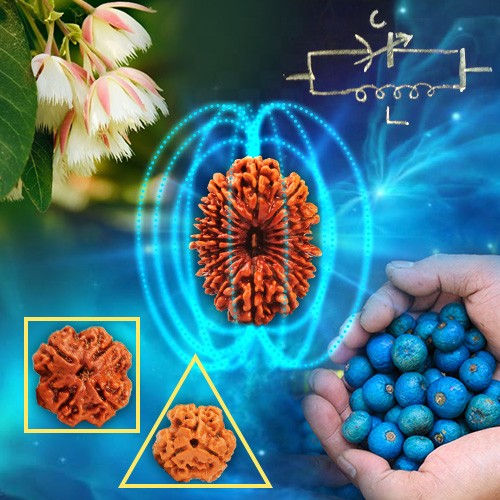

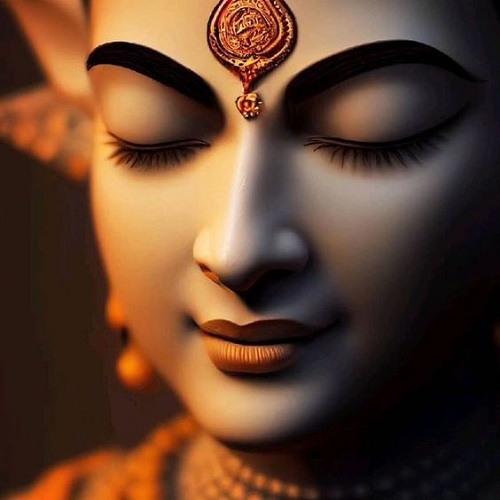
.jpg)
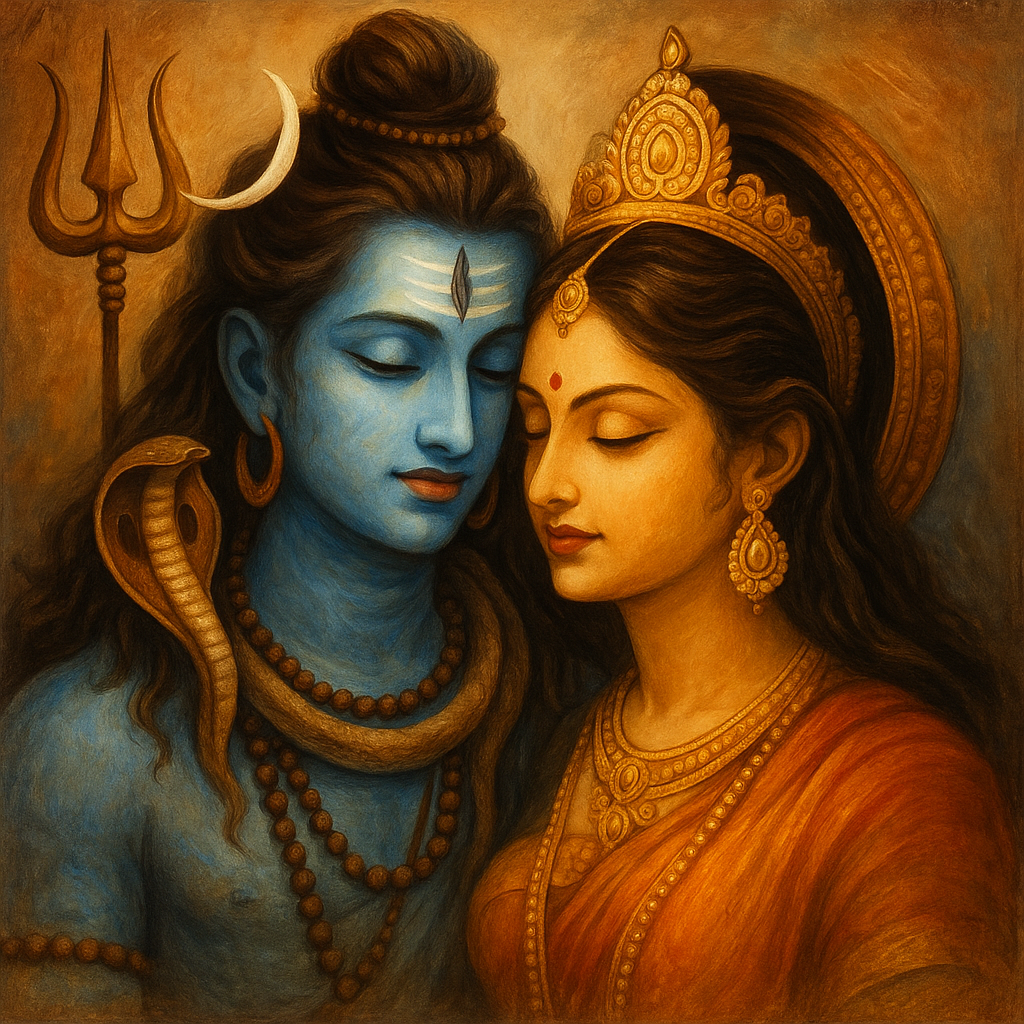
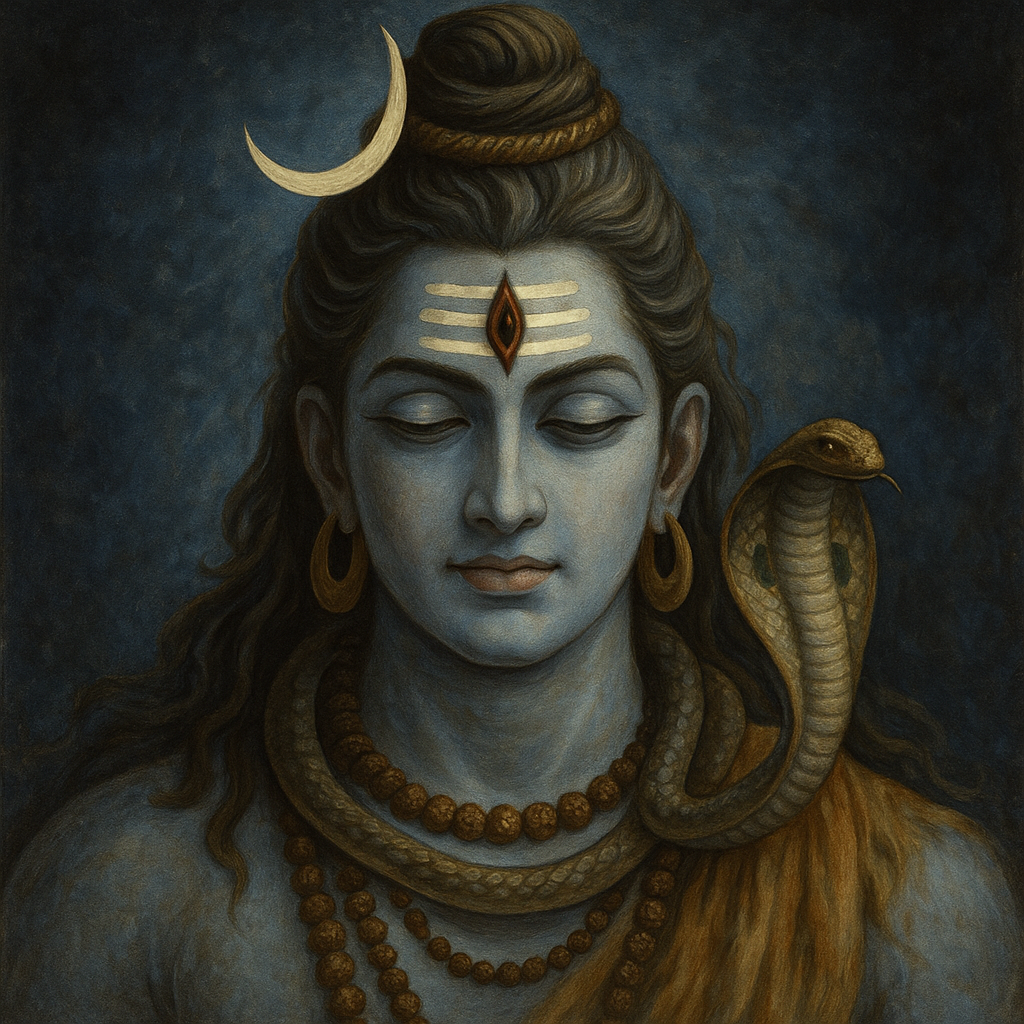
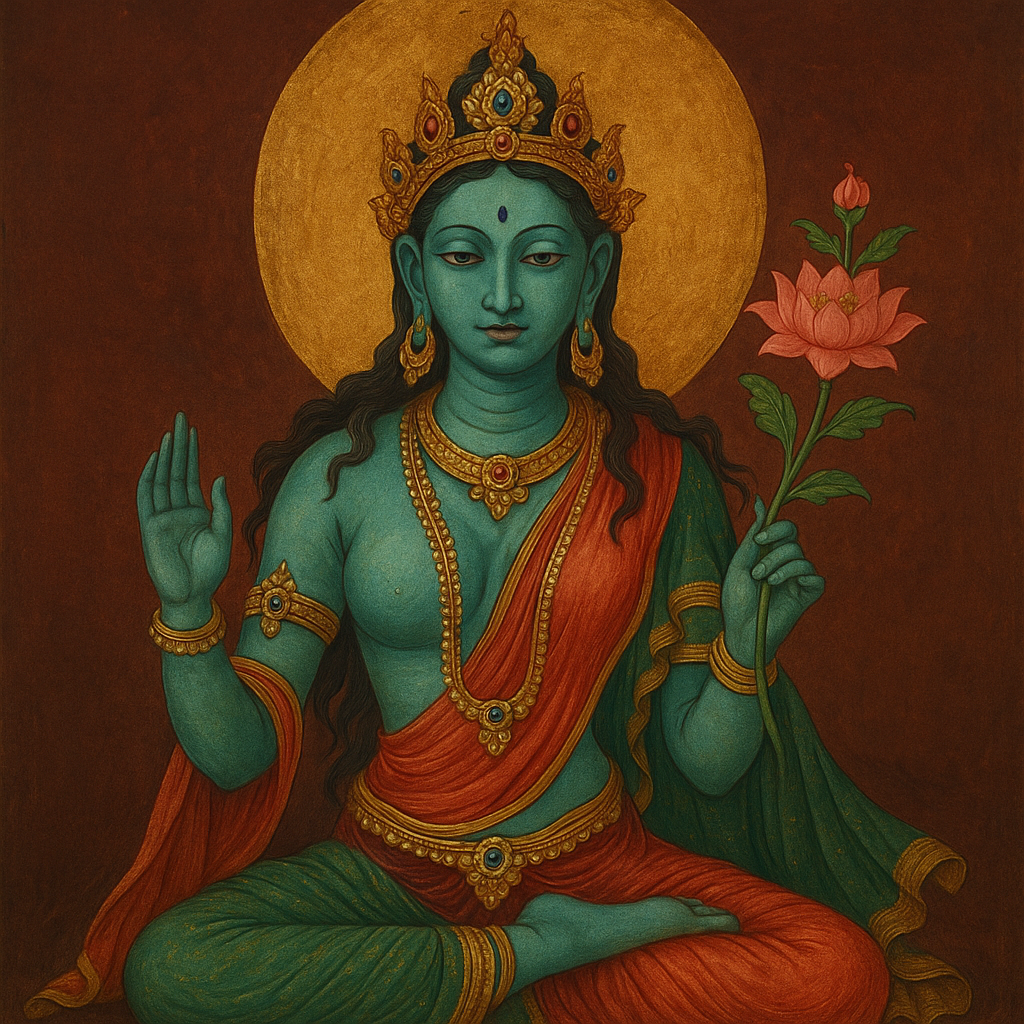
madhav subba
|January 11, 2024
i wanna know why Shiva is NAMED SHANKAR